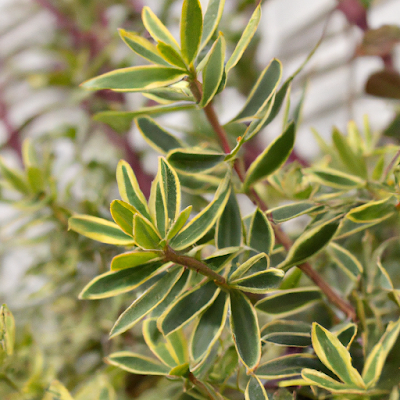Cress, Lepidium sativum
Cress, scientifically known as Lepidium sativum, is a versatile and nutritious plant that has been cultivated for centuries. With its small, delicate leaves and peppery flavor, cress is a popular addition to salads, sandwiches, and various dishes worldwide. In this article, we will explore the various aspects of cress, including its health benefits, culinary uses, and growing tips.
Health Benefits of Cress
1. Rich in Nutrients:
Cress is packed with essential vitamins and minerals that contribute to overall health. It is an excellent source of vitamin C, which strengthens the immune system and aids in collagen production. Additionally, cress contains vitamin K, which plays a crucial role in blood clotting and bone health.
2. Antioxidant Properties:
Cress is abundant in antioxidants, such as beta-carotene and vitamin E, which help protect the body against free radicals. These antioxidants help reduce the risk of chronic diseases like heart disease and certain types of cancer.
3. Digestive Health:
The high fiber content in cress promotes healthy digestion by preventing constipation and maintaining bowel regularity. It also supports the growth of beneficial gut bacteria, aiding in digestion and nutrient absorption.
Culinary Uses of Cress
1. Salads and Sandwiches:
Cress adds a delightful crunch and peppery flavor to salads and sandwiches. Its small leaves make it an ideal garnish, enhancing the overall presentation of the dish.
2. Soups and Stews:
Cress can be used to enhance the flavor of soups and stews. Its subtle spiciness adds depth to the dish without overpowering other ingredients.
3. Pesto and Sauces:
Cress can be incorporated into pesto and sauces, providing a unique twist to traditional recipes. Its distinct flavor profile adds complexity and freshness to these culinary creations.
Photo is "File:Berro, Múnich, Alemania, 2013-04-01, DD 01.JPG" by Diego Delso is licensed under CC BY-SA 3.0.
Growing Tips for Cress
1. Soil and Watering:
Cress thrives in moist, well-drained soil. It is crucial to water regularly, keeping the soil consistently damp but not overly saturated. Avoid allowing the soil to dry out completely, as this can hinder growth.
2. Sunlight Requirements:
Cress prefers partial shade to full sun exposure. Ensure that the plants receive at least 4-6 hours of sunlight each day. In hotter climates, providing some shade during the hottest parts of the day can prevent wilting.
3. Planting and Harvesting:
Cress can be grown from seeds or transplanted seedlings. Sow the seeds thinly in rows, covering them with a thin layer of soil. Once the plants have reached a reasonable size, they can be harvested by cutting the leaves just above the base.
Conclusion




Comments
Post a Comment